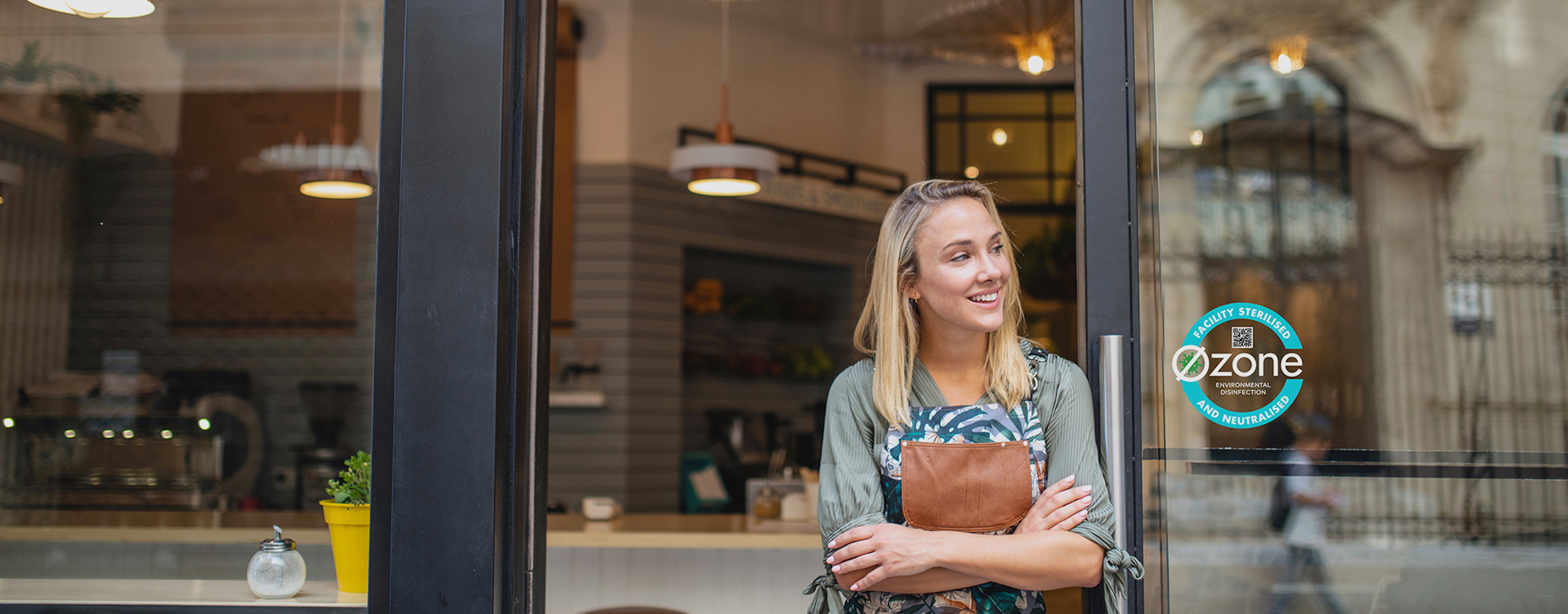17 Jun How to keep a workplace clean and disinfected
How do you keep a workplace clean and disinfected to lessen the
spread of viruses, germs and bacteria?
While it may be a simple question, the answer is made up of many steps to ensure that as a business, you are keeping employees, family and customers as safe as possible from the risk of exposure to viruses and germs.
The path to minimising exposure to these germs and viruses is to implement appropriate cleaning and disinfecting measures that are within your control. However there is some confusion about what needs cleaning and disinfecting, why certain surfaces need cleaning and disinfecting, and what are the best processes and practices.
To answer all those questions we have tabled some definitions, levels of cleaning and best practices.
What is the Difference Between Viruses and Germs?
The term “germs” refers to the microscopic bacteria, viruses, fungi, and protozoa that can cause disease. Take a sample of almost any surface, and you will find different germs. You can find bacteria in the air, on food, plants and animals, in soil and water — and on just about every other surface, including in a human body.
Viruses reproduce, and invade cells in your body, hijacking the machinery that makes cells work. Host cells are often eventually destroyed during this process. Virus detection on hard surfaces or in the air is difficult to detect. Viruses cause minor sicknesses like colds, the flu, and very serious diseases like Aids.
Viruses can live for three days on some surfaces, like plastic and steel, some research suggests. But experts say the risk of humans getting infected from touching those materials is still low. What we do know is that a virus can travel through the air and stay suspended for a period of about half an hour.
Germs are tiny organisms that can cause infection. Like a virus, germs are invisible to the human eye and exist everywhere — including in humans, the air, soil and water, and on food, plants and animals. Different germs have favourite places they like to live, different ways to spread and their own unique ways of causing infections. Germs are found all around us, and survive most types of environments even after these spaces are cleaned!
Is there a Difference Between Cleaning and Disinfecting?
Cleaning and disinfecting are two different processes. It is recommended that individual workstations be cleaned at least twice daily.
It is best practice to:
-
-
- routinely clean frequently touched surfaces and fittings with detergent solution
clean surfaces as needed when they are visibly soiled and immediately after any spillage - to clean before disinfecting because organic matter and dirt can reduce the ability of disinfectants killing germs.
- routinely clean frequently touched surfaces and fittings with detergent solution
-
The Dirt on Cleaning
Cleaning means the physical removal of germs, dirt, and impurities from surfaces. It does not kill germs, but by removing them, it lowers their numbers and the risk of spreading infection.
Best cleaning practices are daily cleaning of frequently touched surfaces with appropriate cleaning products. For example,
|
|
Cleaning using the wrong methods and/or wrong chemical solutions can make surfaces slippery and can reduce the slip-resistance of some flooring.
Labels contain instructions for safe and effective use of the cleaning product, including precautions you should take when applying the product, such as wearing gloves and making sure you have proper ventilation during the use of the product.
If no manufacturer guidance is provided with electronics, computer keyboards, television screens consider the use of alcohol-based wipes.
Personnel responsible for cleaning:
-
-
- may need to be trained, equipped and supervised
- include all employees to assist in spot cleaning or spills
- may also be supervisors who are trained and able to oversee work practices
-
It is advisable for workplaces to promote tidiness and de-cluttering to ensure cleaning of desks, keyboards and telephones can be conducted effectively and efficiently.
Cleaning Hard Surfaces
Cleaning with detergent and water is sufficient.
Cleaning Furnishings
Detergent is used to clean fabric surfaces. If more thorough cleaning is needed, fabric surfaces may be steam cleaned. Leather cleaner is used for cleaning the furniture.
The Disinfection Army
Disinfection means the use of chemicals to destroy germs. Commonly used chemical disinfectants include alcohol sprays, ammonium salts, formaldehyde, bleach, chloramine, chlorine dioxide and ozone. This process does not necessarily clean dirty surfaces or remove germs, but by killing germs on a surface after cleaning, it can further lower the risk of spreading infection.
Disinfection at a rate of 99.9% is the only method that can reduce the number of bacteria to undetectable levels and destroy them.
It’s best to disinfect areas that are visited by many people all throughout the day. Busy thoroughfares or spaces that hold events or classes. Disinfection does not necessarily have to be carried out if someone is found to be ill – in fact it is wise to have a preventative maintenance practice to lower the odds of a spread of germs or viruses through a group.
In order for a chemical to act as a disinfectant (kill 99.9% of germs, viruses and mould), the spray must remain on the object or surface for a specified time. Commonly, ten minutes is a start.
Disinfecting Hard surfaces
Popular disinfectants used on hard surfaces include alcohol in a concentration of at least 70% or chlorine bleach in a mass of 1000 parts per million or bleach.
These chemicals are labelled as ‘disinfectant’ on the packaging and are diluted. When handling these chemicals you must use gloves, eye protection, sponges, cloths and suitable buckets.
Disinfecting Furnishings
Liquid disinfectants are not suitable on fabric surfaces because disinfectants only work with extended contact with the surface.
However – because ozone is a gas, Ozone Disinfection can be used on any fabric or leather furnishing.
Is there a place for Ozone Disinfection in the Workplace?
Absolutely. There is no other product that disinfects a workplace completely, the visible and invisible areas of space, like Ozone Disinfection. That is because it is a gas and it can travel into spaces that are not accessible. The gas is dispersed by a commercial grade Ozone Disinfection Generator.
Environmentally friendly Ozone Disinfection
-
-
-
- kills germs and viruses on every surface, accessible and inaccessible
- kills germs and viruses in the air
- disinfects hidden places including on top of cabinets, inside carpet fibres, behind furniture, soft furnishing, blinds and curtains
- disinfects ventilation ducts ensuring cleaner air is circulated throughout the workplace
-
-
Chlorine, bleaches and other chemical spray disinfectants do not have this capability.
For more information, please read
Your workplace environment creates vital 1st impressions for customers and investors and a conducive working environment for staff.
Don’t leave it to chance, instead CONTACT US to tailor a solution for your disinfection needs.
To LEARN MORE about our eco-friendly Ozone Disinfection packages visit our Services page
Or fill out our GET A QUOTE form and one of our Team will contact you.
Let Ozone Disinfection Help You With Your Disinfection Efforts and Become a Gold-Standard Member.






